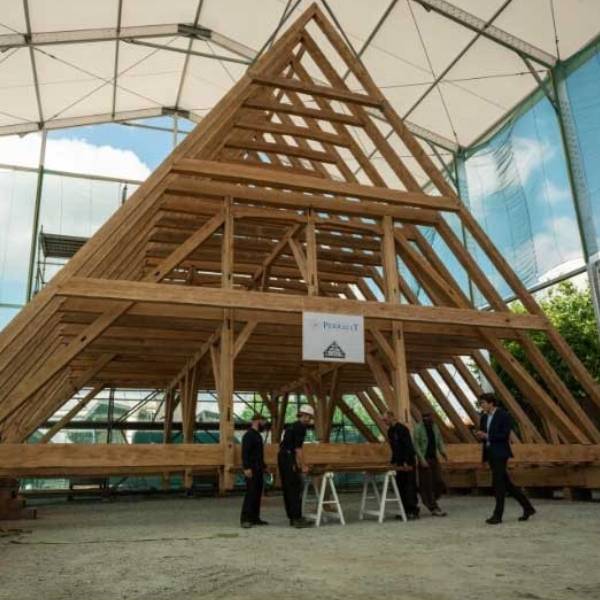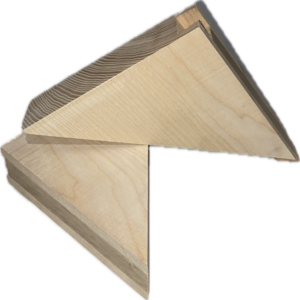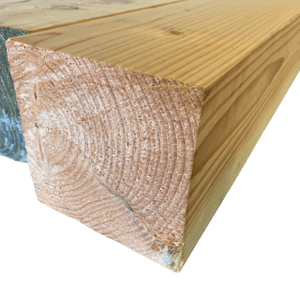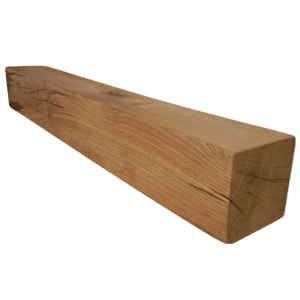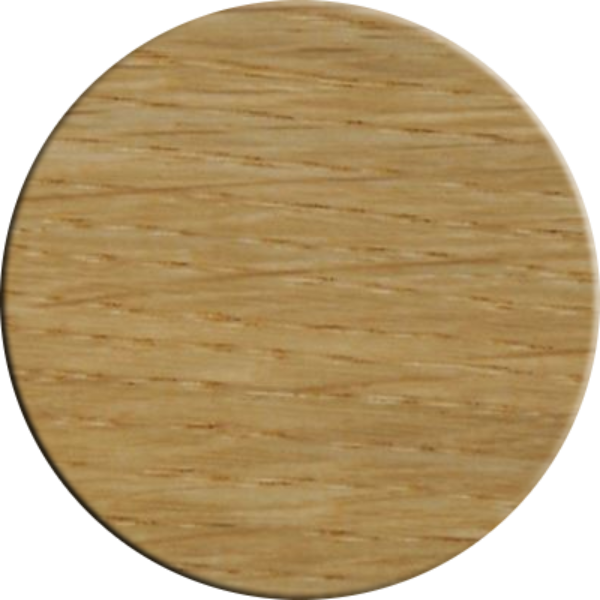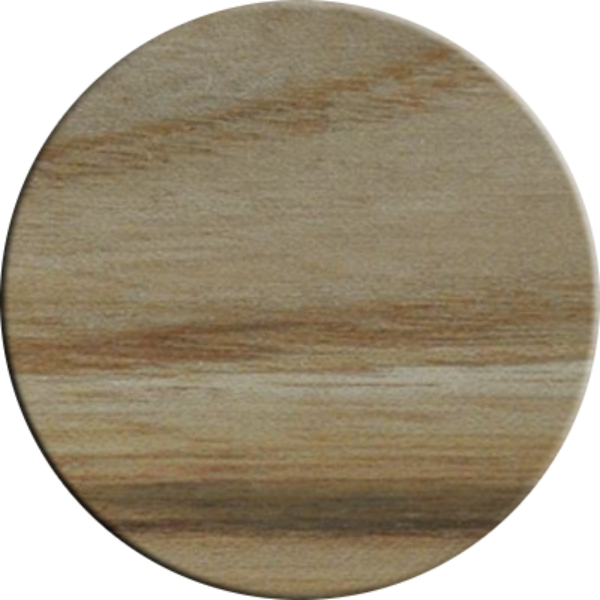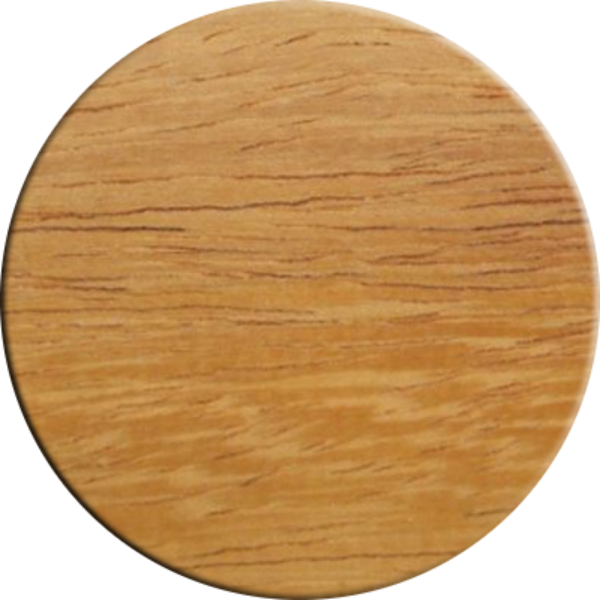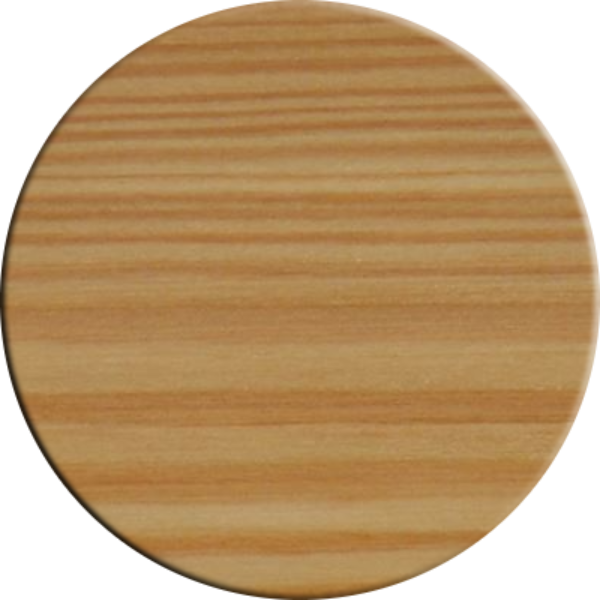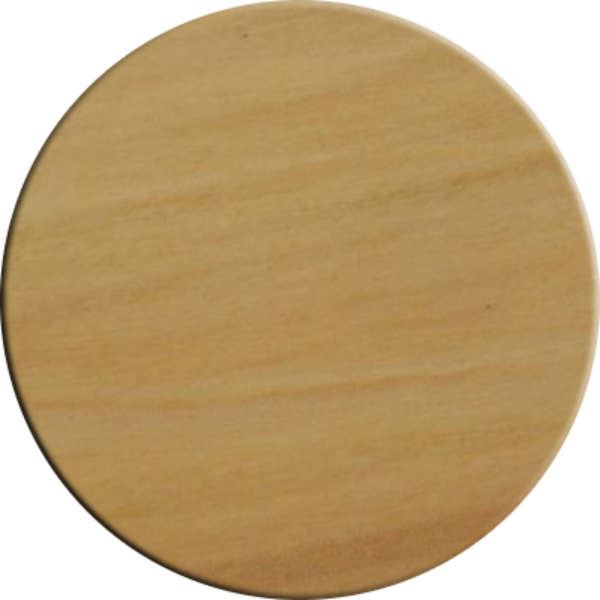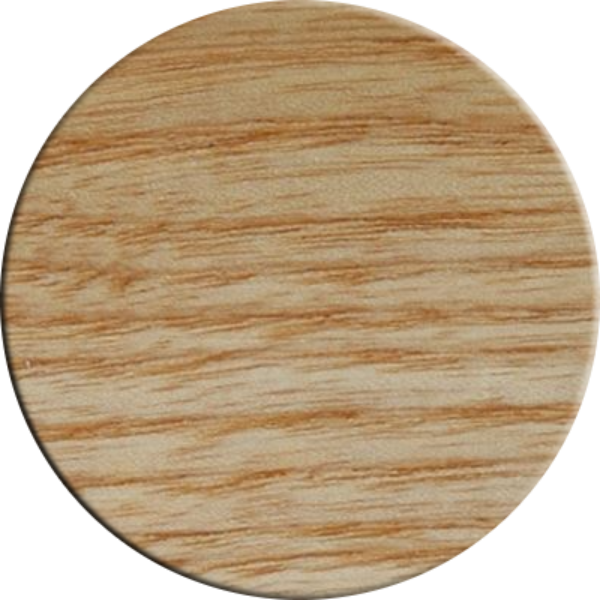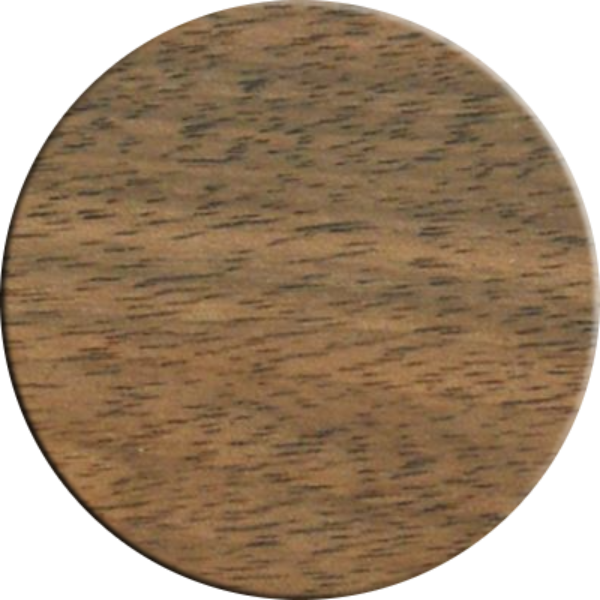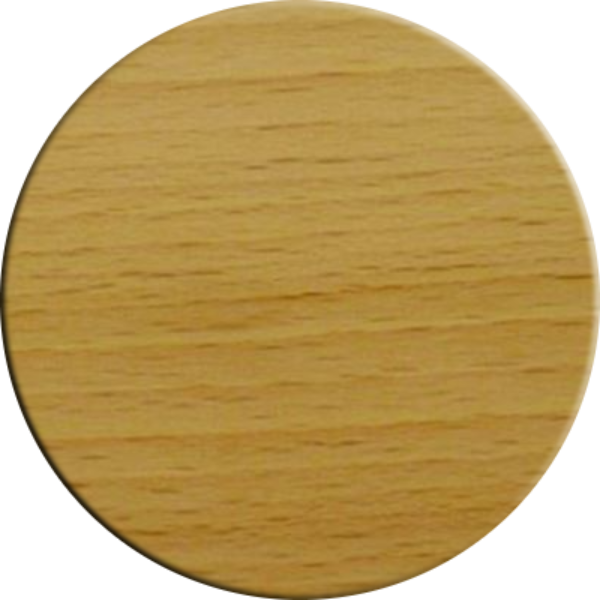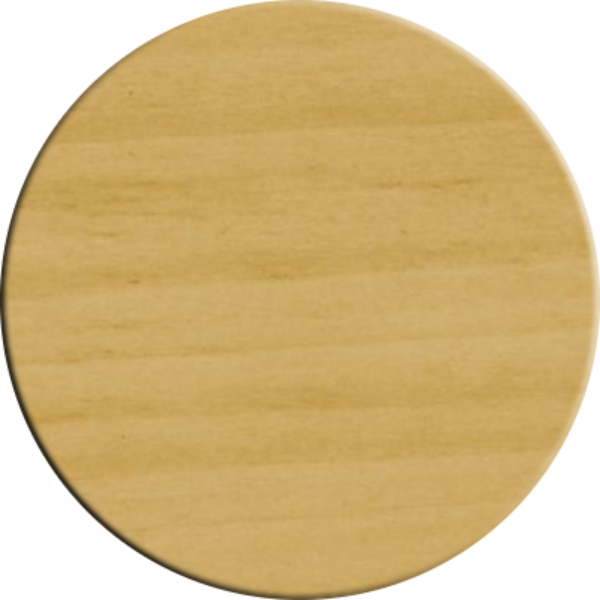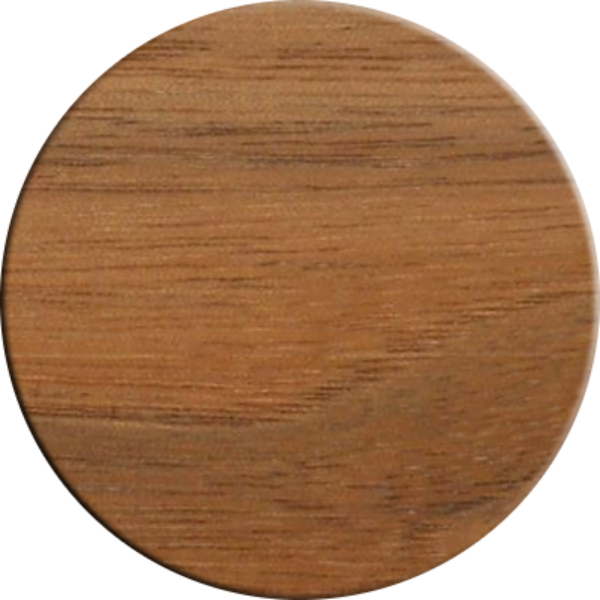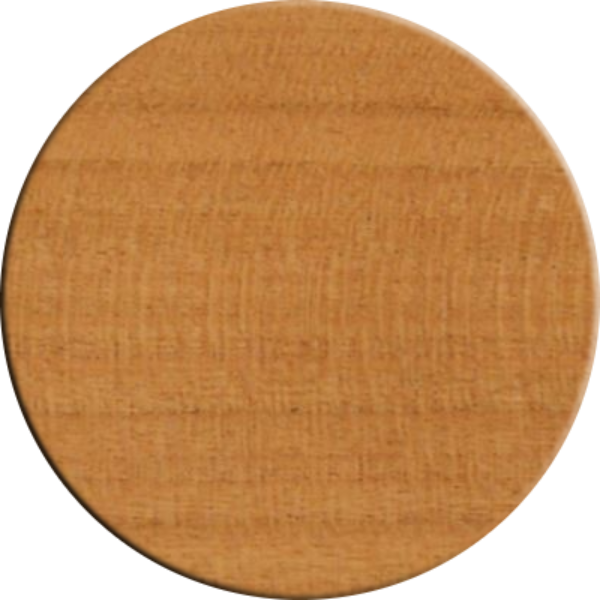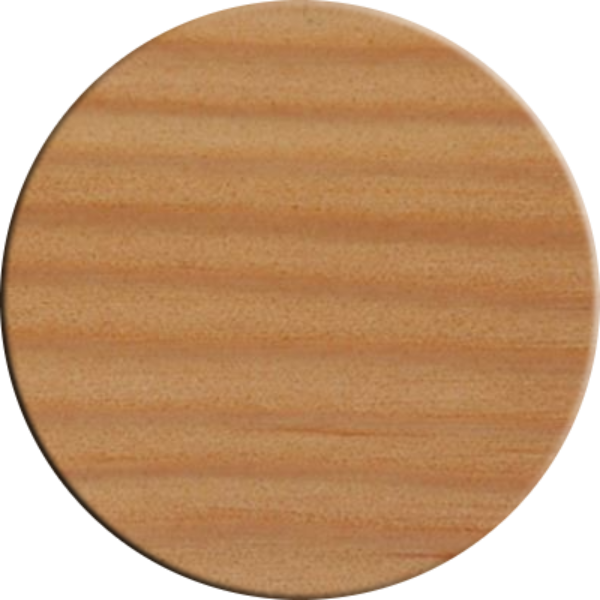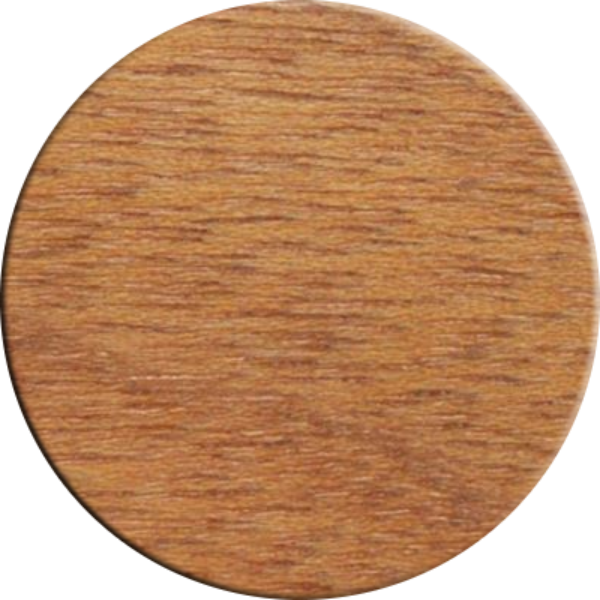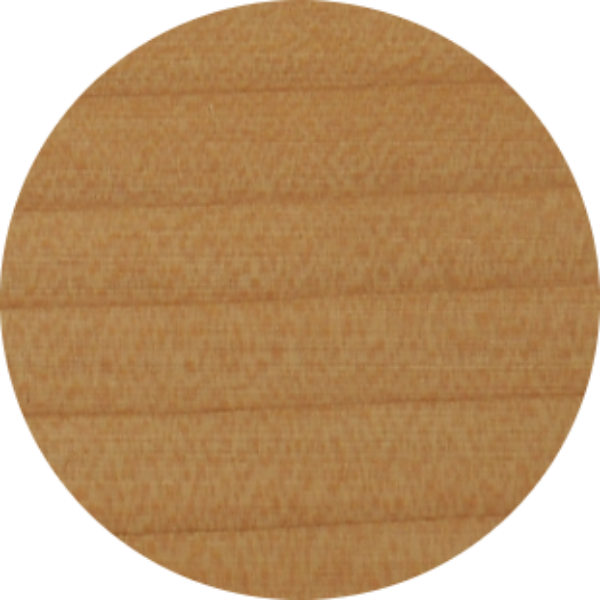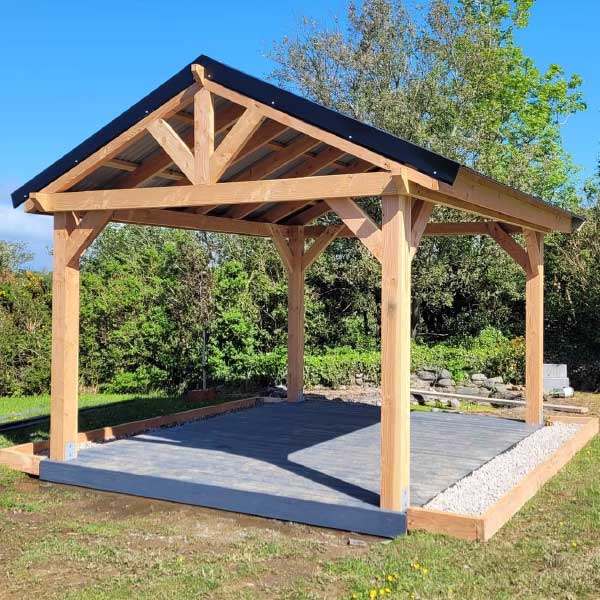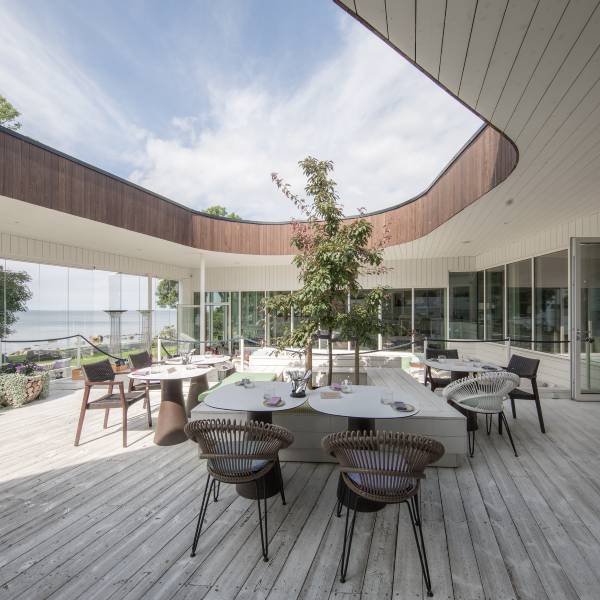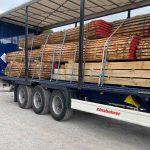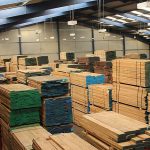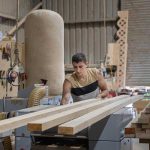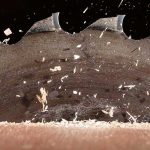Description
A durability class 2 timber, French Oak can be expected to give a long service over decades in above ground applications. A good choice for outside applications such as gate posts, pergolas, seats, benches and timber framed traditional Oak buildings, French Oak is dense, tough and durable. The relative strengths to other widely used timbers can be judged in the table below.
Treatment is optional. If left, French Oak will silver over time with exposure to UV sunlight., Freshly planed it has an attractive honey Oak finish. Treatment with any of the popular finishesd will give excellent results.
Beams are supplied as QP-1 (EN 973-1) appearance grade which is equivalent to D24 (EN338)construction grade. See and explanation of available grades below.
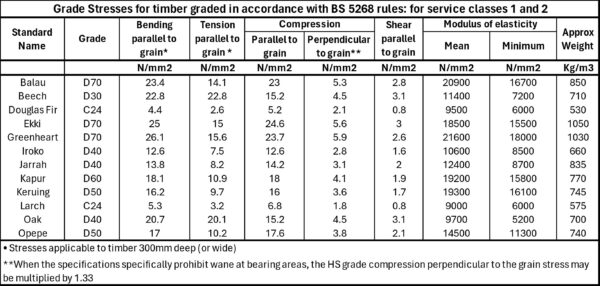
Beams as ordered are supplied sawn. QEH can plane, shape and cut to order. Enter your cutting list/drawing here and we will quote and supply to your need. Need a pergola or oak structure? We can prepare all timber to size either for self-installation or install.
Quality European Hardwoods Oak Beams are perfect for all your structural needs both internally and externally. Also see our Croatian Oak standard beams here.
A selection of our stocked Green Oak Beams can be viewed in our Cork showroom. Cut and planed to size beams are also available.
See our Frequently asked questions here.
Explanation of available French Oak Grades.
What are the main grading rules for our oak?
Our French oak is procured to EN 975-1 (2009) which determines the appearance grade of oak sawn timber. These grades correspond to strength grades (EN 338) as shown below:
Appearance Grade EN 975-1: Q-P A, Strength Class EN 338: D30.
Appearance Grade EN 975-1: Q-P 1, Strength Class EN 338: D24.
Appearance Grade EN 975-1: Q-P 2, Strength Class EN 338: D18.
QPA Grading (Highest quality).
Sawn timber with sharp arrises (edges); in case of pieces longer than 3m, wane less than 10% of the face width is permitted across no more than 25% of the length.
Sound sapwood permitted on two arrises if the total width is less than 15% of the face width.
Fully or partly intergrown sound knots are permitted if the diameter is less than one third of the face width.
Dead knots permitted where equivalent to two dead knots with a diameter less than 15mm per linear metre.
Boxed heart permitted, as well as slight traces of heartwood on two faces. Slope of the grain less than 7%, not exceeding 12% locally.
Also known as D30 Construction Grade.
Excluded: unsound knots, end shake, frost crack, ring shake, star shake, curly grain, bark pocket, unsound sapwood, brown pith, brown streak, rot, holes.
QP1 Grading (Second highest quality).
Sawn timber with practically sharp arises, permitting wane less than 10% of the face width across no more than 30% of the length.
This width tolerance is increased to 15% for sections above 250 x 250mm.
Sound sapwood permitted on two arises if the total width is less than 15% of the face width.
Fully or partly intergrown sound knots are permitted if the diameter is less than half the face width.
Boxed heart permitted, as well as traces of heartwood on both faces. Slope of the grain less than 12%, not exceeding 20% locally.
Also known as D24 Construction Grade.
Permitted on a limited number of pieces: brown streak, black holes, brown pith. Excluded: unsound knots, frost crack, ring shake, star shake, curly grain, bark pocket, unsound sapwood, rot, white holes.
QP2 Grading (Third highest quality)
Sawn timber with wane less than 15% of the face width across no more than 30% of the length.
Dead knots permitted if less than one third of the face.
One unsound knot is permitted per linear meter if less than 15% of the piece width.
Permitted without any restrictions: sound sapwood, fully or partly intergrown sound knots, sloping grain, brown pith, brown streak, black holes, exposed pith.
Permitted on a limited number of pieces: superficial bark pocket, unsound sapwood.
Excluded: frost crack, ring shake (unless it cannot be seen on the faces), rot, white holes.



